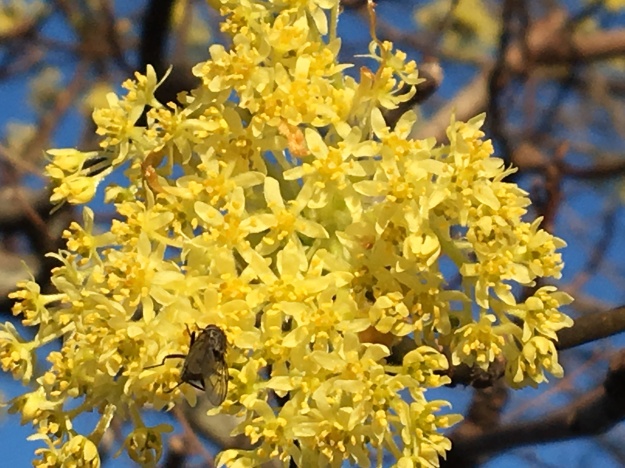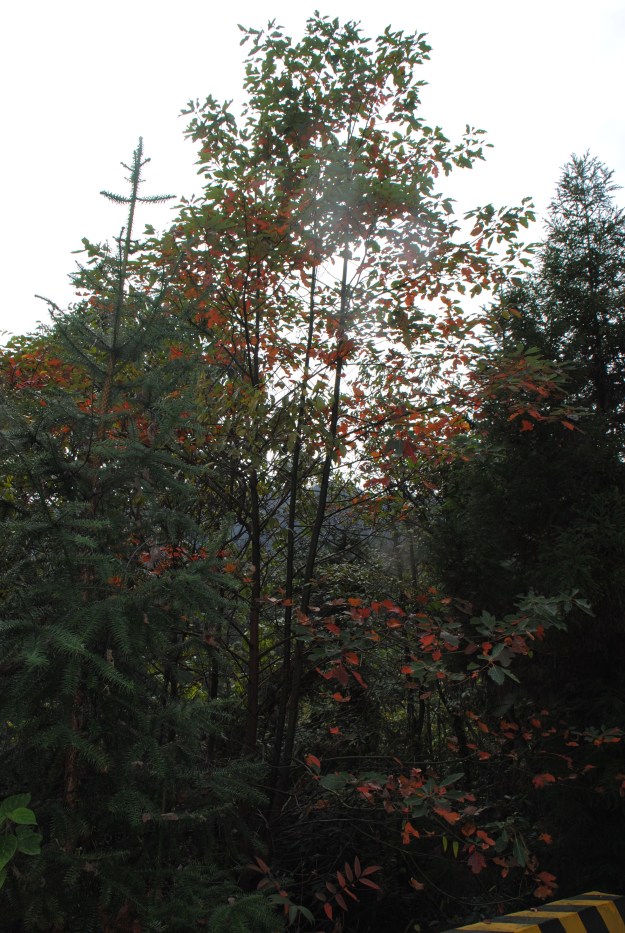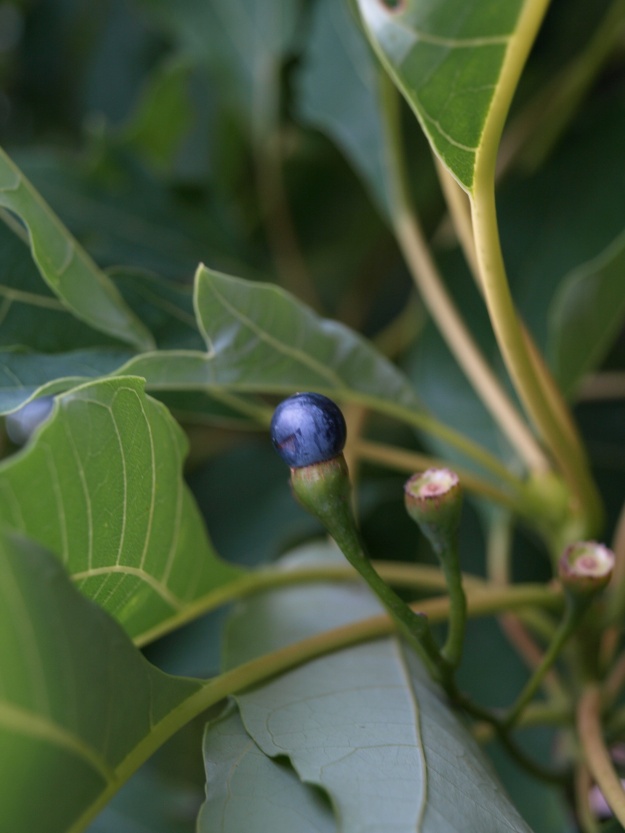Last week, we took a trip down to Lake City, SC, population 7,000. Hidden in this small town is a 600 acre plot of repurposed farm land known as Moore Farms. What was once fields of corn, sorghum, and wheat, now holds a bog garden, beautiful flowers, and a handful of fish-filled ponds. We received a tour of the garden our first night there, spent the second day planting moss in the bog (shown below), and before departing got to meet Pearl Fryar, a topiary legend. Take a look!
After the roof is on…we go to breakfast
These photos depict what was probably the most difficult part of the yurt construction, aside for my inability to put screws in straight (Justin can attest to this).
The yurt roof was a light insulation layer, followed by a 400lb weather-proof canvas. While Justin and Patrick stood on the scaffolding inside the yurt, holding the canvas; Lizzi and I stood on ladders pulling he heavy tarp around the entire circumference of the yurt.
We worked up quite a sweat in the cool of the morning, but were nicely rewarded with tremendous satisfaction and bacon, after the fact.
Secrets of the Arboretum
If you hang around NC State’s campus frequently, especially in the Horticulture department, you may have spotted some flyers for “Black Coffee Walks” at the JCRA. If not, don’t worry, I am about to share our magical Thursday mornings with you all.
Although our days as interns at the arboretum are filled with sweat, dirt, and sometimes cleaning out frog infested ponds; our Thursday mornings are quite peaceful. At 6:30am, upon our arrival at work, Lizzi, myself, and the other interns, fill our coffee cups and head out into the still dew-ridden, hazy garden. We take our time to walk through the gardens, not checking for weeds or broken limbs, but simply taking in this amazing space which we have been given this summer. On occasion, it results in a delicious morning snack of figs, and it always ends with awesome photos.
This weekly experience, for me, has been a learning opportunity to try my hardest to learn as many plant names as Tim knows (folks, it’s impossible) and to spend a bit of time in my own thoughts. It has made me realize that the best time of day at the arboretum is the crack of dawn, and even if you are not a morning person, I promise it is worth it.
Here are some photos from these walks that I hope might inspire you all to enjoy the arboretum at a time when the birds are just getting up, you cannot hear cars roaring by on 440, and you have the time to take everything in.








Butterfly Garden Cleanup

The butterfly garden had become a little out of control and was not the easiest place to navigate through with the tons of Chasmanthium obscuring the walkway. Some major clean up was done and the water feature (a mosquito magnet) was removed and filled in, making the space a lot more comfortable and inviting to all who happen to wander through.
Monday
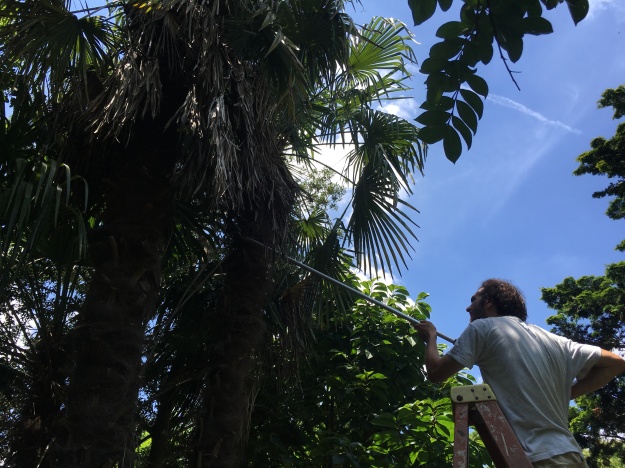
Monday the Trachycarpus near the Rose Garden got a much needed pruning. Come find your own tree of paradise in the gardens today…
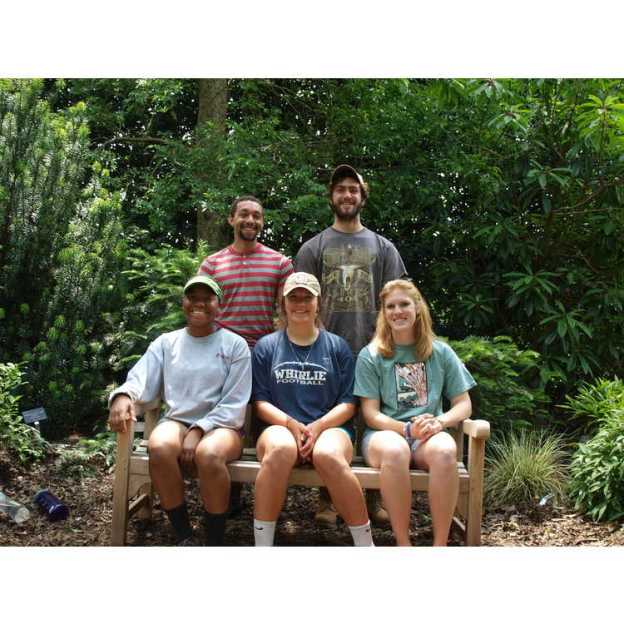
Summer 2016 Student Interns
Sending a big shout-out to JC Raulston Arboretum’s 2016 Summer Interns!
Back row: Kamen Dedmon (left) and Patrick Hamilton (right); Front row: Zoe Carmon-Rogers (left), Maddie Ciszewski ( middle), Tori Parker (right)

Plant of the Day – Sassafras tzumu, Chinese Sassafras
One of our most loved eastern North American trees is the sassafras (Sassafras albidum). Much less well known is its Chinese counterpart, Sassafras tzumu. Growing across much of southern China, it makes a tall tree to over 100′ tall in open woodlands and forest edges. In cultivation it typically is more of a medium sized tree, growing to 35′-60′ in 20 years. When grown in the open, it has a distinctly tiered habit, much like some species of dogwoods. Late winter to early spring flowers are clusters of small gold blooms at the tip of each branch. In full flower, Chinese sassafras is as showy as any spring flowering tree and resembles a large Cornelian cherry (Cornus mas and C. officionalis). The leaves emerge with a touch of burgundy before becoming large and green with the typical sassafras foliage shapes – ovate, mitten-like, and tri-lobed. Sassafras has separate male and female plants so the blue-black fruits are rarely formed unless 2 trees are grown in proximity to each other. On occasion, typically male plants will put out some female flowers and form fruit. Fall color is spectacular and among the best for southern gardens. After the leaves drop, stout yellow-green branches provide some measure of winter interest.
Follow me at @jcramark because life is too short for boring plants.
Check out all the happenings, see more images, and learn more at the JC Raulston Arboretum where we are Planting a Better World.
JC Raulston Arboretum Featured on UNC TV’s Almanac Gardener
Check out the video on UNC TV’s home page to hear about some great summer plants.
Visit us at jcra.ncsu.edu for all of the many happenings at the JC Raulston Arboretum!
April Fool’s Botanical Quiz
No fooling, this quiz will leave even the best botanists stumped! Check out this annual quiz from the Arnold Arboretum’s Curatorial Assistant, Irina Kadis. I’m not telling my score!
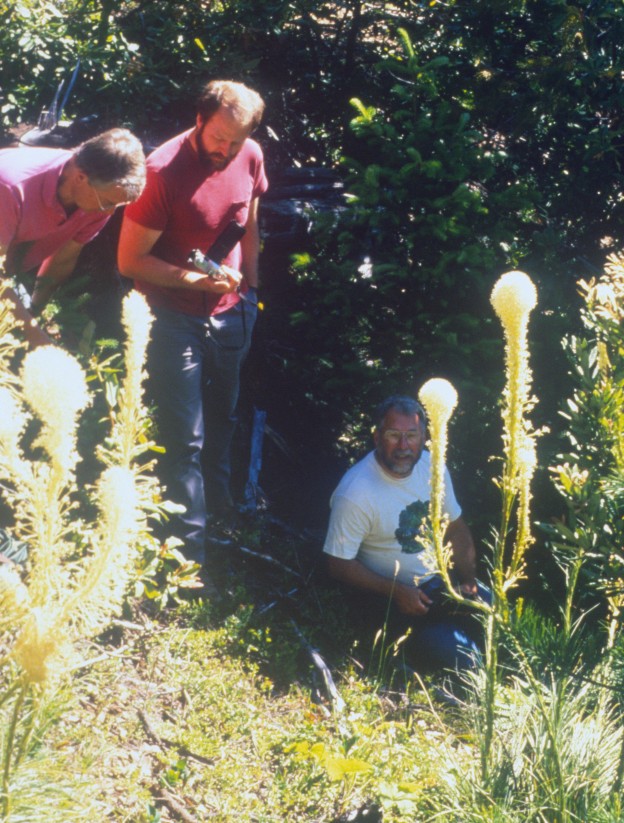
Last Chance to Register!
This is your very last chance to register for one of the very few spots left open for An Evening With The Explorers – Trials and Triumphs of the Plant Hunters this Friday evening, March 6 at the JC Raulston Arboretum!
You’ve procrastinated long enough and now you’re in danger of missing out on this once-in-a-lifetime opportunity to rub elbows with some of the leading explorers in this modern golden age of plant exploration. If getting to chat up folks like Dan Hinkley, Scott McMahan, Ozzie Johnson, Andrew Bunting, and Greg Paige isn’t enough, there’s more:
Heavy hors d’ouevres and noshes
Open bar with great NC craft beer and wine
Silent and live auction with extremely rare and choice plants including:
- Weeping persimmon (Diospyros kaki (Shibamichi Weeping) – from the garden of Akira Shibamichi!
- Cathy catkin yew (Amentotaxus cathayensis) – One of the rarest of all conifers
- Vietnam golden cypress (Xanthocyparis vietnamensis) – Dan Hinkley’s wild collection
- Five lobe maple (Acer pentaphyllum) – The world’s rarest maple
- Asian chain fern (Woodwardia unigemmata) – Incredible red new growth
- Red lotus magnolia (Magnolia insignis) – A red-flowered evergreen magnolia
- Red-fruited helwingia (Helwingia sp.) – A Dan Hinkley collection of an unknown species!
- Japanese maples, evergreen spicebush, dwarf linden & ginkgo, and many more
Plus there will be an opportunity to bid on a 2 night stay with Dan Hinkley at his gorgeous home on Bainbridge Island in Washington.
Register now or live with regret.
All proceeds from this fundraiser go to support plant exploration.
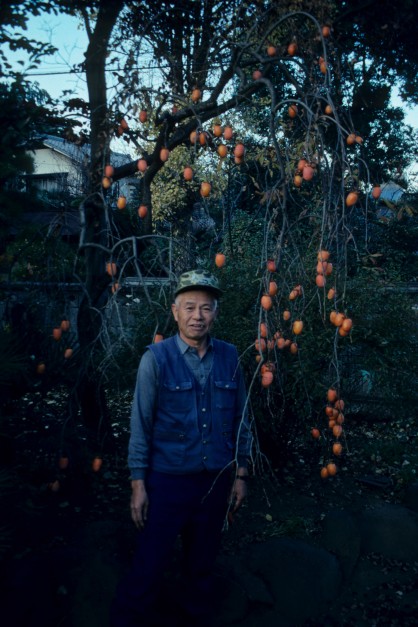
Weeping Asian persimmon (Diospyros kaki ‘Shibamichi Weeping’ from the garden of famed Japanese nurseryman, Akira Shibamichi.
Special thanks to event sponsor Bartlett Tree Experts and speaker sponsor Spring Meadow Nursery.
Visit us at jcra.ncsu.edu for all of the many happenings at the JC Raulston Arboretum!








